Mallard
CRF ponds regularly welcome a pair of Mallards that come to raise their ducklings. CRF staff enjoy watching the beautiful mother mallard and her ducklings swimming in the ponds every year.
activities
Canon Research Centre France S.A.S. (CRF) promotes the preservation of biodiversity, including wild birds, in partnership with the LPO which is the local NGO and official partner of BirdLife International in France.
BIRDS: Biodiversity Improvement on R&D Site

CRF is located in Cesson-Sévigné, a town near Rennes in Brittany, France. Founded in 1990 as one of the Canon Group's overseas R&D centers, it is located in an area popular with R&D centers, corporate research institutes, universities and engineering schools. What's more, the City of Rennes is developing this area to accommodate around 20,000 new inhabitants in the coming year.
CRF is situated on a 45,000 m² site, of which 82% is greenery. Since 2011, it has been working on protecting and improving biodiversity on the site under the advice of the LPO.
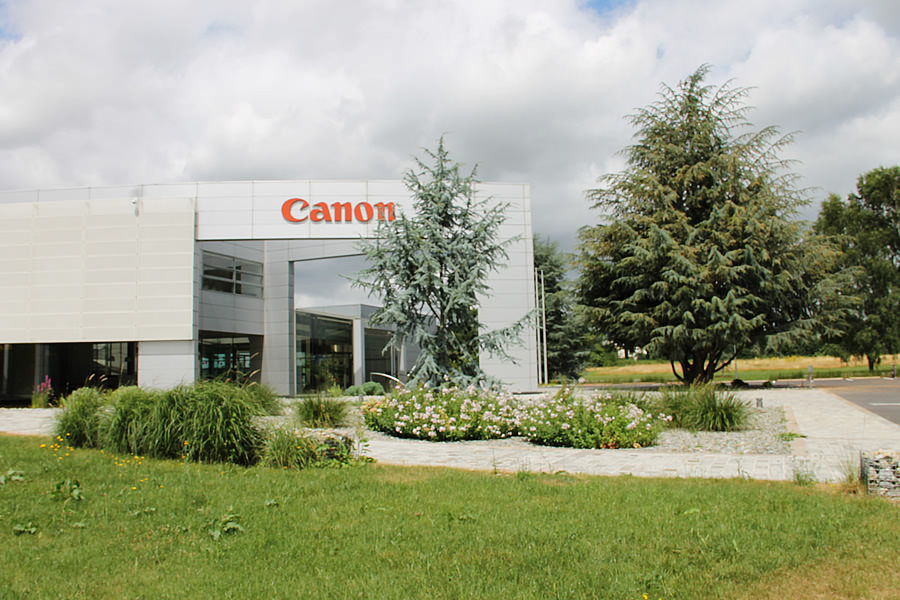
The level of biodiversity on the CRF site is monitored with ecological surveys carried out by experts from the LPO.
As a results of Surveys carried out in 2011, 2015, and 2020, number of species of birds, crickets, dragonflies, and butterlies have increased considerably.
Regarding birds, 34 species were observed in 2020, which is increase by 7 species from 27 species in 2015.

Main activities - 1
Based on the survey conducted in 2011, CRF received general recommendations from the LPO to review the management of green space at its site aimed at protecting biodiversity and increasing the number of species in the area.
The key recommendations were as follows:
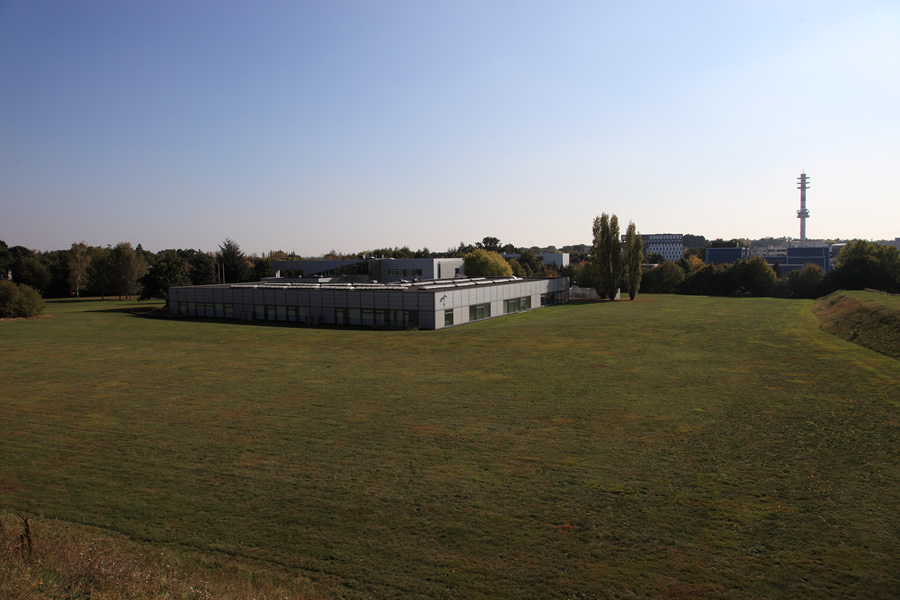

Main activities - 2
The layouts of two ponds have been changed to accommodate various species, such as;

Activities: Case study 1
Five nest boxes for tits and one nest box for Tree Creepers have been installed. CRF staff clean the boxes every year and repair them if needed.
During the winter, feeding trays are set up.

Activities: Case study 2
Occasionally, some accidents have occurred involving birds hitting windows. To avoid such accidents, the bay windows along the corridors have been covered with colored film.

Activities: Case study 3
Ten activities have been organized, both inside and outside the CRF site, aimed at boosting environmental awareness.
Each activity on the CRF site focused on a particular theme, such as birds, butterflies or crickets, allowing CRF staff to learn about the surrounding environment. The outside activities were conducted in such locations as the forests of Rennes, the gardens in Cesson-Sévigné, the Parc des Gayeulles and Les Gravières. On average, over 10% of the total CRF staff participated in the events.


© S. Baron, CRF
CRF ponds regularly welcome a pair of Mallards that come to raise their ducklings. CRF staff enjoy watching the beautiful mother mallard and her ducklings swimming in the ponds every year.
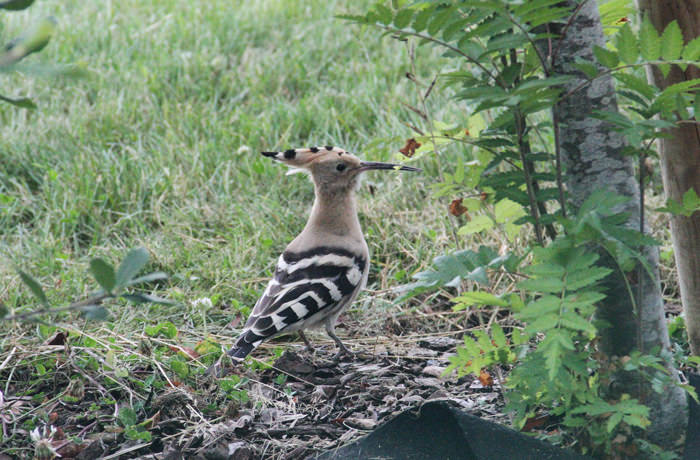
© F. Thoumy, CRF
The European Hoopoe is a migratory bird that can be found in suburban areas with trees, and in bright forests and gardens, from April to September. In order to find food in the ground, the hoopoe needs an environment with wide open spaces.

© Ph. Pulce, LPO
The White Wagtail prefers to build its nest in artificial constructions like bridges, walls and roofs. It gets its name from the way it often bobs its tail. Nesting at CRF was confirmed in 2015.
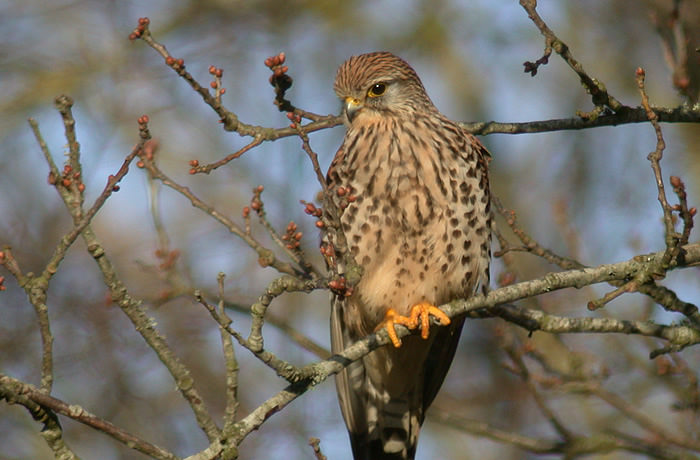
© Ph. Pulce, LPO
The Common Kestrel is a bird of prey, or raptor. It is easy to spot because, unlike other raptors, it hovers and then hunts by nose-diving. Nesting at CRF was confirmed in 2015.

© Ph. Pulce, LPO
The Grey Heron is widespread in France. It can be found at watersides and in grasses where it catches food such as fish, frogs, field mice and voles.

© Ph. Pulce, LPO
The linnet prefers to stay in wide open areas like croplands and bright forests. In French people say, “tête de linotte,” akin to “birdbrain” in English, because it moves slowly.
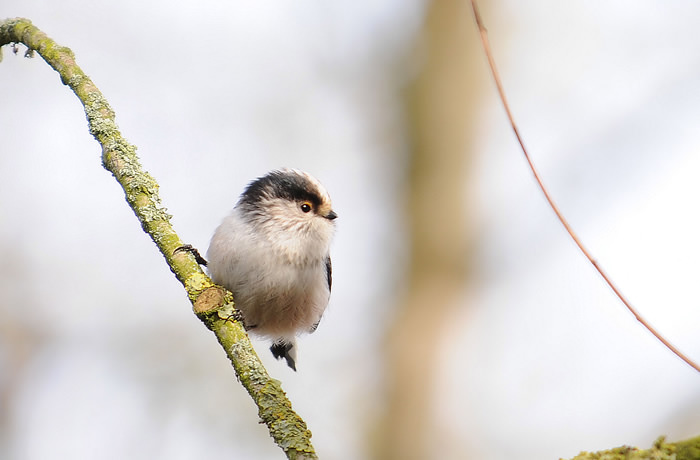
© J. L. Parmentier, LPO
Generally, members of the tit family make their nest in the hollows of trees. However, the Long-tailed Tit prefers to make its nest on tree branches instead. Nesting at CRF was confirmed in 2015.

© Ph. Pulce, LPO
The chiffchaff is so named because its song sounds like “chiff-chaff.” Its unusual song makes it easy to distinguish from other birds. Nesting at CRF was confirmed in 2015.

© Ph. Pulce, LPO
The robin is unafraid of people and will approach gardeners digging up the soil to look for earthworms. This is one reason why it is called the gardener's friend. Nesting at CRF was confirmed in 2015.

© E. Boucard, LPO
The Eurasian Wren is one of the smallest birds in France. Its small size allows it to weave in and out of narrow spaces amid human houses and make its nest. Nesting at CRF was confirmed in 2015.